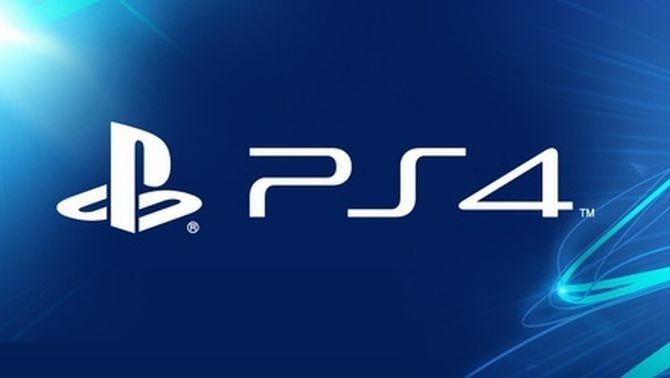Update: the patent appears to be identical to an old one registered by Sony back in 2014. This means that the designs showcased are probably all prototypes of the current DualShock 4 design, and should not be interpreted as probable candidates for the evolution of the controller.
The reason why the patent has been filed once again is unknown. It could be a prelude to the launch of a new iteration of the controller (which probably won't include the features mentioned below), or simply due to bureaucracy.
You can read the original article below, if you care:
On June 16th, Sony Interactive Entertainment patented in Japan a new controller at a glance similar to the DualShock 4, that showcases a few interesting elements, as can be seen in the diagrams in the gallery below.
We can see a couple of different configurations for the positions of the thumb sticks, face buttons and cross directional buttons, and for the options and share button.
Notably, one configuration has the sticks at the top and the cross-directional buttons and face buttons at the bottom, while the equivalent of the options and share buttons (marked 17L, 17R, 117L, 117R, 217L and 217R) are shown with different shapes and in different positions, mostly under the area currently occupied by the face and directional buttons.
On top of that, there are also buttons on on the inner part of the grips (35 and 135), which is probably the most interesting part of the designs presented.
It's worth mentioning that the patent appears to include multiple different designs, and not a single one that can be configured in different ways. One of the designs (the last one in the gallery, shown in the last four diagrams) actually matches the early prototype that was then redesigned into the current DualShock 4, so we can pretty much consider that one irrelevant.
At the moment we don't know exactly what the controller is for, whether it's tied to the certification we found two days ago for a controller labeled CUH-ZCT2U or not, or if it'll become a product at all (many patents don't, as they're simply inventions patented just in case), but it's certainly an interesting spark for speculation.
We should also keep in mind that most patents aren't normally intended to be 100% exact reproductions of the looks of a possible product, but they're normally more a representation of its features and mechanics.

